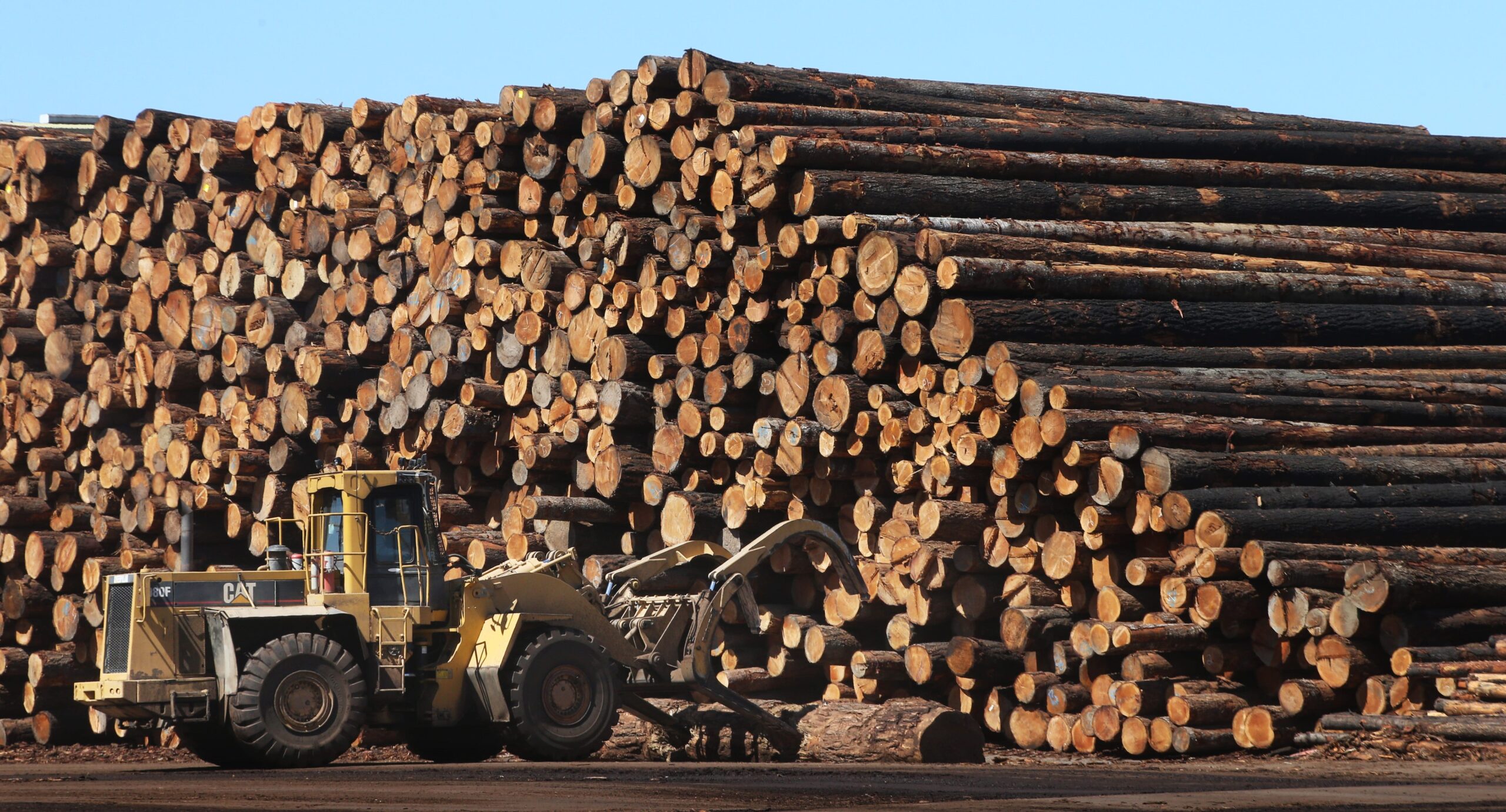
Trump Administration’s Logging Push Sparks Controversy: Wildfire Prevention vs. Environmental Concerns
The Trump administration recently championed logging as a dual solution for job creation and wildfire mitigation. However, this initiative faces significant hurdles, ranging from scientific skepticism to legal challenges and economic realities. President Trump issued two executive orders aimed at bolstering timber production on federal lands and addressing wood product imports. The timber industry lauded these actions as "common sense directives," arguing that decades of mismanagement of federal forests have led to job losses, manufacturing decline, and infrastructure challenges. Timber groups and rural lawmakers believe increased logging can help manage overstocked forests and decrease the risk of wildfires.
However, conservation groups and forestry experts contest the notion that cutting down more trees inherently reduces wildfire risk; some suggest it could even exacerbate the problem. The administration’s plan is facing criticism on environmental and economic grounds, with potential legal action looming.
The executive orders explicitly link logging regulations to a multitude of issues, claiming that the inability to fully exploit domestic timber resources has hindered job creation, contributed to wildfire disasters, degraded wildlife habitats, increased construction and energy costs, and threatened economic security. Critics argue that logging more timber and dealing with increasing fire risk are two distinct problems. Scott Stephens, a fire science professor at the University of California, Berkeley, emphasizes that wildfires are fueled by numerous factors.
Environmental groups contend that logging does not address these underlying issues. Mature, natural forests are typically more resilient to wildfires than timber plantations. Chad Hanson, co-founder of the John Muir Project, argues that logging intensifies fires. He claims that removing trees allows wildfires to spread faster due to reduced wind resistance, allowing flames to sweep through the forest more quickly. The removal of trees also reduces the cooling shade of the forest canopy, creating hotter and drier conditions. When the forest canopy is reduced, it stimulates the growth of invasive grasses, which are highly combustible and readily spread flames.
Experts point out that increased logging would not have affected recent wildfires in areas like Los Angeles. These fires burned through chaparral, a type of scrubland lacking commercially viable trees. Ernesto Alvarado, a forestry professor at the University of Washington, stated that "You cannot harvest trees where there are no trees."
Many of the most destructive fires in recent years were driven by extreme conditions that likely would not have been stopped by any amount of forest management. Mindy Crandall, a professor and forest economist at Oregon State University, notes that the fires in Los Angeles were fueled by 90-mile-per-hour winds and extremely dry conditions.
Currently, domestic production supplies about 70% of U.S. timber needs, with the remaining 30% coming from Canada and other countries. Approximately 50% of U.S. forest land is privately owned, and is not affected by the executive order.
The U.S. Lumber Coalition has expressed strong support for Trump’s actions, particularly the potential for additional tariffs on timber imports. The trade group claims that Canada’s lumber industry receives unfair subsidies from its government, making it difficult for U.S. producers to compete. Tariffs on imported wood could increase demand for U.S. timber. However, some of the infrastructure that once supported the U.S. timber industry no longer exists. Smaller sawmills have become uneconomical and have closed.
In the short term, the U.S. timber industry has fixed capacity. The uncertainty surrounding the new policy could hinder the construction of new mills. Businesses are unlikely to invest in increased capacity for a temporary increase in demand.
U.S. timber production has decreased since the 1990s, partly due to falling demand and cheaper imports from other countries. Many trained workers have left the field due to low wages. According to Alvarado, "You can’t just take people off the streets and have them start cutting trees. It’s a risky job." Furthermore, in many national forests, the current trees are not of the right size or species for the forest industry to process.
Expanding logging operations also raises environmental concerns. Felled trees could release vast amounts of carbon into the atmosphere. According to Hanson, logging emits three to five times more carbon dioxide into the atmosphere per acre than wildfire alone. Much of the wood removed through logging is burned for energy, further contributing to carbon emissions.
Randi Spivak, a public lands director for the Center for Biological Diversity, argues that the executive orders would cause major destruction. She believes that stripping these lands increases the risk of wildfires and puts approximately 400 threatened and endangered species at risk, including grizzly bears, wild salmon, salamanders, and spotted owls. Spivak accuses Trump of viewing public lands merely as commodities to be looted and exploited for oil and gas, mining, and timber.
Crandall acknowledges that the Trump executive order is being extensively discussed in forestry circles, but there is still much uncertainty about its implications and implementation. She says that many changes are being proposed, and the interactions between different landowners, demand, and tariffs are complex.
The Trump administration’s push for increased logging presents a complex challenge, with potential benefits for job creation and timber production offset by environmental concerns, scientific skepticism, and economic realities. Whether this policy will achieve its stated goals remains to be seen, as its implementation faces significant obstacles and legal challenges.
